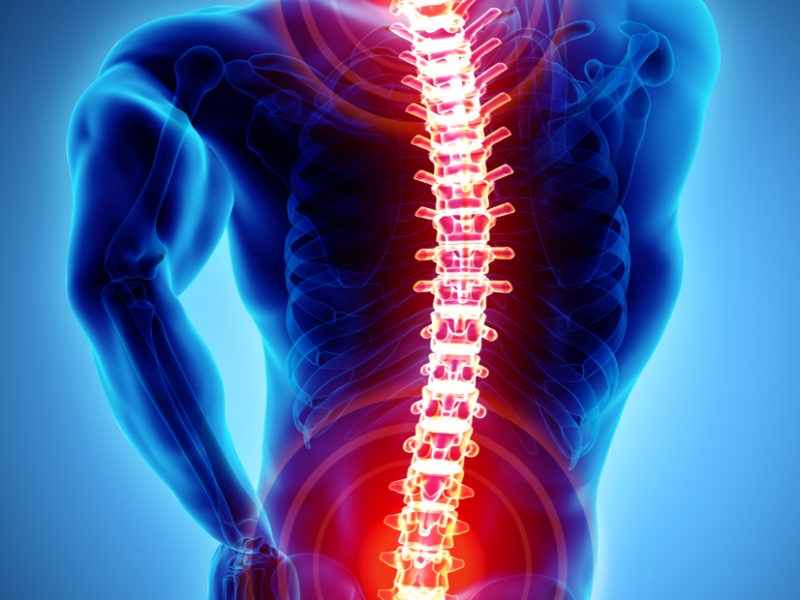
What conditions can be treated with minimally invasive spinal fusion surgery?
What conditions can be treated with minimally invasive spinal fusion surgery? https://phoenixspineandjoint.com/wp-content/uploads/2020/03/shutterstock_1193820529.jpg 500 334 Phoenix Spine & Joint Phoenix Spine & Joint https://phoenixspineandjoint.com/wp-content/uploads/2020/03/shutterstock_1193820529.jpgOccasional soreness and strain in the back is a normal part of life, but when back pain is severe and lasts longer than 12 weeks, you need to visit a medical professional for help. Many people with back pain can rely on noninvasive treatment methods, such as medication or physical therapy. These options are generally preferable because they do not come with the pain, risks and recovery times of traditional surgery.
Noninvasive treatments are not always the best options though. Some conditions that cause back pain are only effectively treated with surgery. One surgery that you’re likely to have if noninvasive treatments aren’t working is spinal fusion surgery.
What is spinal fusion surgery?
Spinal fusion surgery is an operation that can reduce pain in your back from conditions affecting your spine. The objective of the surgery is to join two or more spinal joints together into one solid piece of bone to reduce pressure off the nerve in your spine or to correct alignment of the spinal column.
At Phoenix Spine & Joint, we take spinal fusion to the next level with minimally invasive methods. Minimally invasive spinal surgery involves the use of more precise instruments that allow for smaller incisions that don’t cut through your muscles.
Minimally invasive spinal surgery offers faster recovery times with less pain, blood loss and risk of infection. Not everyone is a good candidate for minimally invasive spinal fusion surgery though. Some people may be better off with an ultra-minimally invasive treatment like direct visualized rhizotomy. At Phoenix Spine & Joint, our team will evaluate your condition and determine which treatment is right for you.
Who usually needs minimally invasive spinal surgery?
Surgeons usually treat the following conditions with minimally invasive spinal surgery:
- Degenerative disc disease — A torn disc can be painful. Spinal fusion can help reduce the pain.
- Spinal deformities — Conditions like scoliosis and spondylolisthesis can affect the alignment of your spine. Spinal fusion can help correct the alignment of your spinal column.
- Spinal fractures — Many cases of vertebral fractures do not require spinal fusion, but if the fracture affects the stability of your entire spinal column, you may need a spinal fusion.
- Spondylolisthesis — This is a condition in which a vertebra slips out of place compared to its neighbor. Spinal fusion can treat this condition if it is causing severe pain.
- Bone infections or tumors — Tumors or conditions like osteomyelitis can cause the bones in your spine to grow weak or unstable. Spinal fusion can help stabilize the vertebrae damaged from these conditions.
Visit Phoenix Spine & Joint for minimally invasive spinal fusion
Are you living with chronic and severe back pain? Our team at Phoenix Spine & Joint can help. Contact our team today to talk to one of our care coordinators or to schedule a free second opinion.
- Post Tags:
- Pg - low back fusion
- Posted In:
- Spinal Fusion









